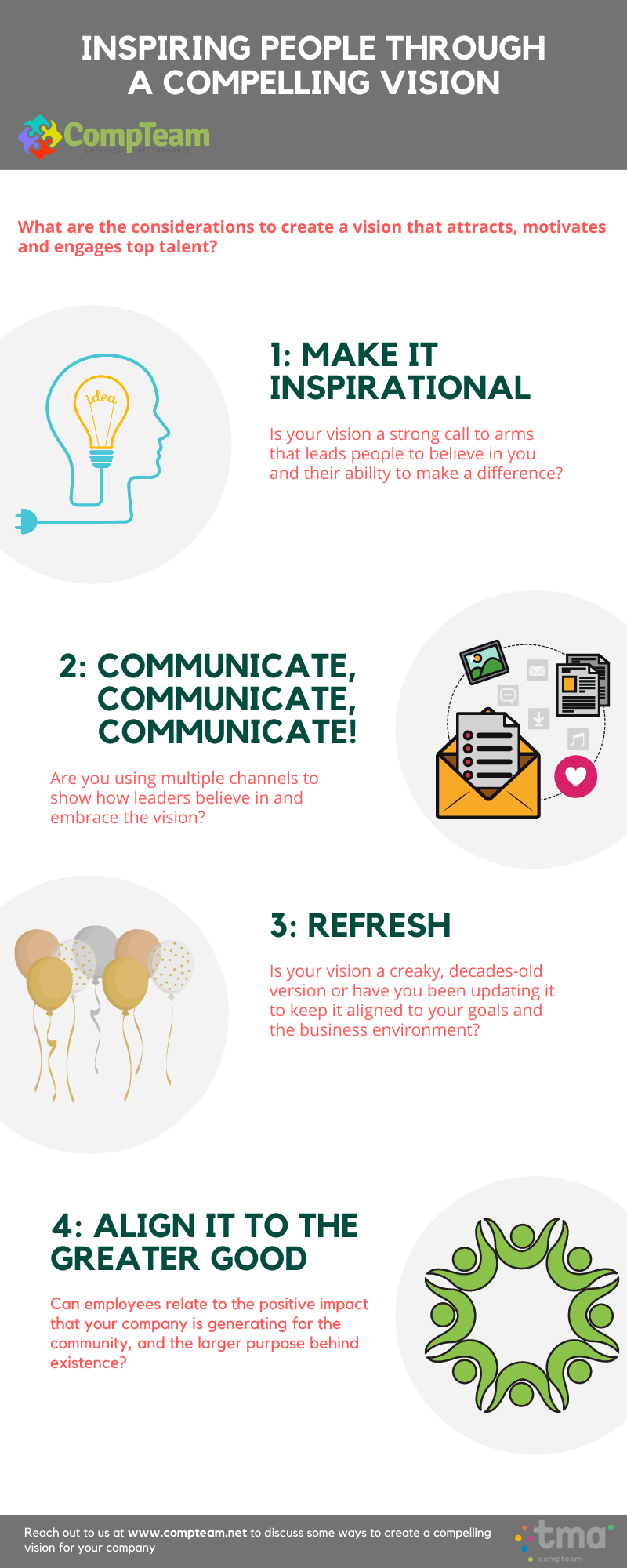Powering Workforce Experience (Wx) through a Compelling Vision
One of the most compelling and iconic vision statements of our times was from Walt Disney, when he said, “If you can dream it, you can do it.”
Vision statements are used often by companies, but unfortunately are not so well- understood. It has become cliched for every organization to have a vision, a mission, and a set of values. Sadly, vision and mission continue to be confused quite often and used interchangeably. The Oxford dictionary defines vision as “the ability to think about or plan the future with imagination or wisdom”. The key things here are the future, imagination, and wisdom. The vision statement should articulate the future ambition of the company in a clear and succinct sentence. Research clearly indicates that employees who find their company’s vision meaningful have engagement levels that are 18 percentage points above the market18 percentage points above the market average. (Forbes, 2014)
So it’s not just a fluffy marketing statement to be stuck onto brochures. Since engagement translates into high performance, there is a direct business link between a meaningful vision that people relate to and strong business results. But, the question still remains. How are mission and vision different? The vision, quite simply is the ‘why’ – what is the reason for the existence of the company? What is the lofty long-term goal that the company is trying to chase? For example, IKEA’s vision statement is, “To create a better everyday life for the many people” The mission statement describes the current state and how the company will attain its vision. For example, IKEA’s mission is, “Offer a wide range of well-designed, functional home furnishing products at prices so low that as many people as possible will be able to afford them”
It’s a more tangible ‘here and now’ statement about what the company will do in the present to create a better everyday life. Vision acts as a guiding beacon to decision-making, and the mission provides a roadmap to get there. Of course, misalignment creates its own problems. When Anita Roddick founded The Body Shop, her vision was to pursue ‘social and environmental change’ through fair trade and ethically-sourced raw materials, and ensure that none of the products were tested on animals.
There was a global outcry among customers and employees when in 2006, they were acquired by L’Oreal, a company with a mission to ‘offer each and every person around the world the best of beauty. L’Oreal sells in China, which means its products have to be tested on animals first, as per Chinese regulations. The mission statement of the parent company was at odds with the vision of the acquired company.
Finally, after 11 unhappy years, when profits tumbled by 38% in 2016, The Body Shop was sold to Natura, a Brazilian company with similar goals of social and environmental standards. And it’s hardly surprising that with an aligned vision and mission, the company has seen unprecedented success again. A truly compelling vision can ensure that top talent is attracted, motivated, and engaged to work with your company. To create a vision that people can relate to:
Is your vision a creaky, decades-old version or have you been updating it to keep it aligned to your goals and the business environment?
If your vision can create that sense of purpose, and you can measure and finetune it, you will certainly be able to transform your talent outcomes and your Wx.

About the Author
Sumit Singla
Founder of eleventHR Consulting.
Sumit has been working in HR & HR consulting roles for 16+
years across sectors and verticals and specializes in
organization design, wellbeing, storytelling & design thinking, and performance management. In his career with consulting firms such as Aon, Deloitte, and Accenture, he has successfully led programs aimed at total HR transformation for clients.
Recently, as Associate Director for India Consulting at Deloitte, he worked with clients on cultural transformation and HR process and policy design. He also organized and spoke at conferences and events about a variety of topics relevant to HR today.
Now self-employed, he works with clients across the globe on a variety of HR solution areas.






